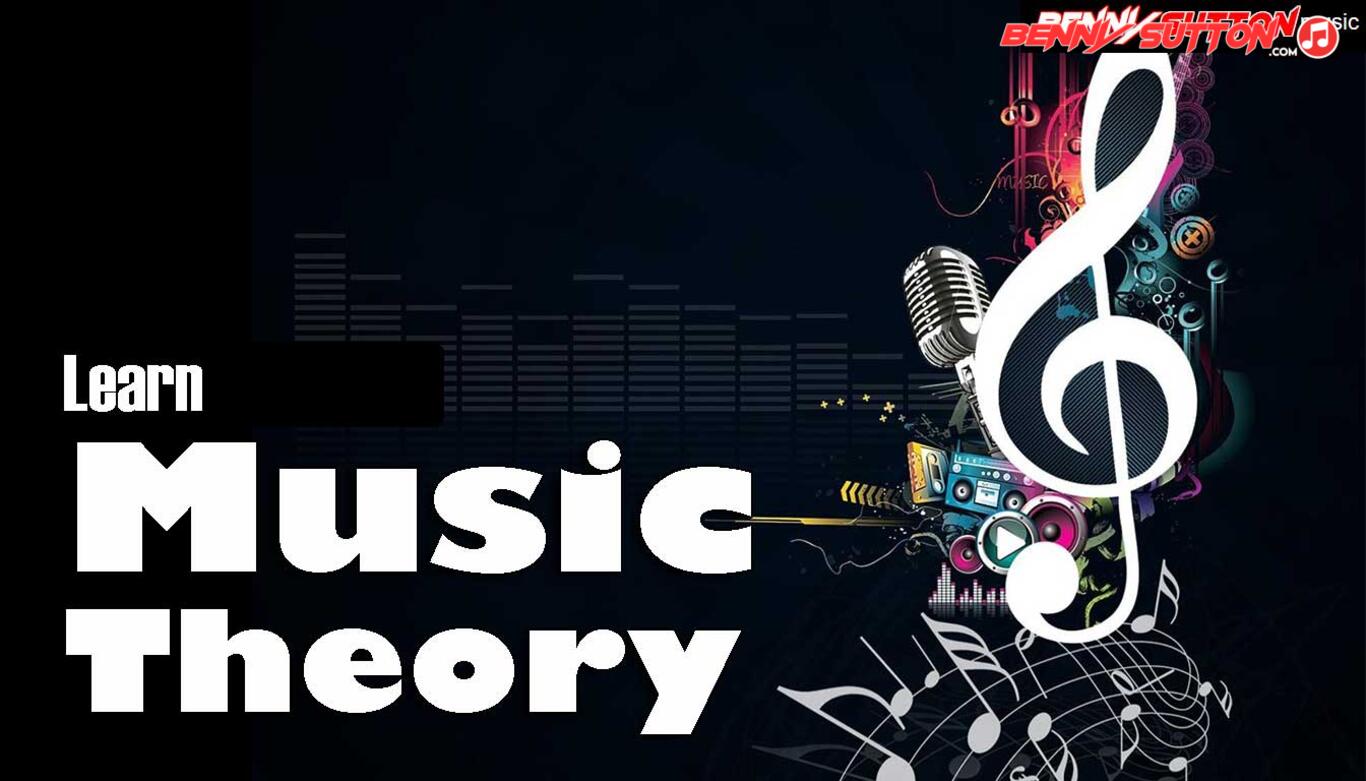Added tone chords expand the basic triad by adding color tones—usually the 2nd (9th), 4th (11th), or 6th (13th)—without including a 7th.
Unlike extended chords (which are built systematically in thirds), added tone chords are simple triads with an extra note inserted for brightness or richness.
They are common in pop, folk, film, and jazz harmony, prized for their clarity and gentle sophistication.
Structure
| Chord | Formula | Semitones from Root | Example (C root) | Notes | Color |
|---|---|---|---|---|---|
| add9 | 1 – 3 – 5 – 9 | 0 – 4 – 7 – 14 | C–E–G–D | Fresh, open, modern | |
| add11 | 1 – 3 – 5 – 11 | 0 – 4 – 7 – 17 | C–E–G–F | Subtle suspension, slightly tense | |
| add13 | 1 – 3 – 5 – 13 | 0 – 4 – 7 – 21 | C–E–G–A | Warm, full, jazzy brightness |
The added note is not part of the standard chord extension stack—it’s a non-tertian addition, usually sounding above the basic triad.
Distinction from Extended Chords
| Type | Contains 7th? | Example | Effect |
|---|---|---|---|
| Add chord | No | Cadd9 | Simple, clean, pop-oriented |
| Extended chord | Yes | Cmaj9 (C–E–G–B–D) | Rich, complex, jazz-oriented |
This difference gives add chords their transparency—they retain the clarity of a triad while adding a single note for color.
Common Forms
Add9
Perhaps the most common added tone chord. It has a spacious, shimmering sound.
| Example | Notes | Typical Use |
|---|---|---|
| Cadd9 | C–E–G–D | Pop and acoustic textures |
| Gadd9 | G–B–D–A | Ballads and folk progressions |
| Dadd9 | D–F♯–A–E | Ambient or open-voiced guitar chords |
Add11
Introduces a gentle dissonance between the 3rd and 4th, often used for emotional weight.
| Example | Notes | Use |
|---|---|---|
| Fadd11 | F–A–C–B♭ | Soulful ballads or cinematic tension |
| Cadd11 | C–E–G–F | Suspended major sound |
Add13
Adds the 6th above the octave (13th), creating warmth and nostalgic color.
| Example | Notes | Use |
|---|---|---|
| Cadd13 | C–E–G–A | 70s pop, jazz, and R&B styles |
| Fadd13 | F–A–C–D | Lush subdominant color |
Roman Numeral Function
| Scale Degree | Function | Example |
|---|---|---|
| Iadd9 / IVadd9 | Static tonic or subdominant color | Cadd9 / Fadd9 |
| Vadd9 | Softened dominant | Gadd9 |
| viadd9 | Minor color in major key | Amadd9 |
Added tones don’t alter function—they simply enrich the color of familiar positions.
Sound and Character
- Mood: gentle, modern, reflective
- Color: bright but not dissonant
- Function: color tone; does not require resolution
- Texture: often arpeggiated or sustained
Add chords are the palette of film composers and singer-songwriters—expressive but not harmonically dense.
Common Progressions
| Progression | Effect | Example |
|---|---|---|
| Iadd9 – Vadd9 – viadd9 – IVadd9 | Pop sequence | Cadd9 – Gadd9 – Amadd9 – Fadd9 |
| I – Iadd9 | Subtle motion | C – Cadd9 |
| IVadd9 – Iadd9 | Dreamy cadence | Fadd9 – Cadd9 |
| iiadd11 – V – I | Jazz/film color | Dmadd11 – G – C |
Real-World Examples
| Song | Artist | Use |
|---|---|---|
| “Every Breath You Take” | The Police | Add9 voicings throughout |
| “Wonderwall” | Oasis | Em7 and Gadd9 define the open tuning feel |
| “Clocks” | Coldplay | Repeating Cadd9/D interplay |
| “Something” | The Beatles | Cadd9 for lush chord movement |
| “Fields of Gold” | Sting | Add9 and add13 layers for warmth |
Application Tips
- Guitar: add9 and add11 are easily formed in open position; experiment with partial voicings and droning strings.
- Piano: add tones above the triad rather than inside it to maintain clarity.
- Combine add9 + sus4 for shimmering compound sonorities.
- Works beautifully in slow ballads, cinematic scoring, and ambient textures.
Summary
| Attribute | Value |
|---|---|
| Formula | add9: 1–3–5–9; add11: 1–3–5–11; add13: 1–3–5–13 |
| Tonality | Major or minor with color tone |
| Emotional Color | Bright, lush, reflective |
| Function | Static color; enriches triads |
| Common Progressions | Iadd9–Vadd9–IVadd9; I–Iadd9 |
| Used In | Pop, rock, folk, film, jazz, R&B |
